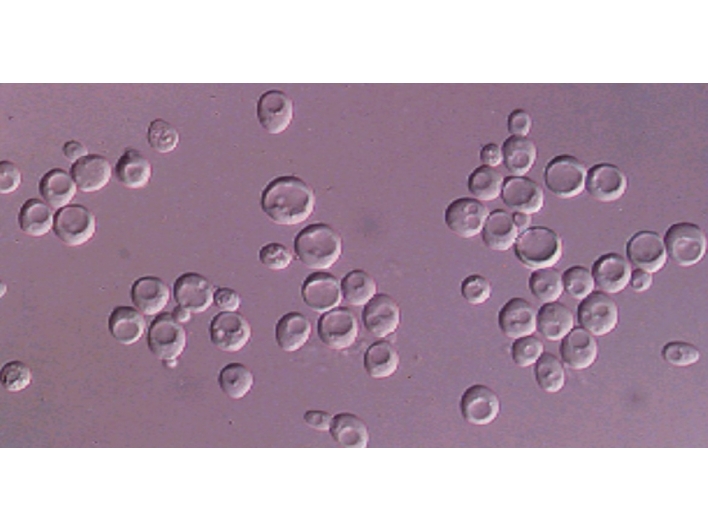
According to the historical records, the development of wine can be traced to 9000 years ago. Egypt and Mesopotamia have begun to use fruit and barley to make fruit wine and beer. Wine can be regarded as the oldest processed drink for humans in history.
1. Wine can be divided into three categories according to the production methods:
1) Brewing wine
The average alcohol concentration is 3% to 12%, which is obtained solely through the fermentation process and is a wine that has not been distilled.
2) Distilled wine
According to the principle that the boiling point of alcohol and water is different, the wine that has been to fermented can be further heated to the boiling point of 78.4℃ to be collect alcohol. After cooling, alcohol can be obtained with high concentration about 35%~60%.
3) Re-making wine
It is made by soaking various fruits or ingredients into concentrated alcohol. There is no fermentation in this process, but the cost is relatively expensive.
2. Alcoholic fermentation
-Step 1
In this stage, glucose is catalyzed into pyruvate and ATP, NADH and H2O are produced.
C6H12O6 + 2 ADP + 2 H3PO4 + 2 NAD+ → 2 CH3COCOOH + 2 ATP + 2 NADH + 2 H2O + 2 H+
-Step 2
In this stage pyruvate is decomposed into acetaldehyde and CO2.
CH3COCOOH → CH3CHO + CO2
-Step 3
At this stage, acetaldehyde is reduced into ethanol by NADH.
CH3CHO + NADH + H+ → C2H5OH + NAD+

3. Fruit made wine by itself
- After the fruit is fermented, it will turn into alcohol, so there is no need to add alcohol.
- Natural fruits are the best raw materials to make wine. Before then, fruits need to be cleaned and air dried.
- Rock sugar can be added to adjust the sugar content if necessary before fermentation the general concentration is 20-25%.
- The sealed container should be stored in a cool area during the fermentation process and place for about three months.
- If there is a phenomenon that bubbles continue to be produced, it is caused by microbial fermentation, so it is a normal phenomenon.
4. Determining factor of fruit wine flavor
1) Raw material selection
(1) Variety :
Mixing a single species or a different species of fruit will result in a different flavor.
(2) Fruit maturity :
Fruit maturity determines the sugar brix and acidity of the wine, and indirectly affects the alcohol production of the yeast, as well as the sour taste of the wine.
2) Yeast species
Different species of yeast also affect the flavor of the wine. Not all yeasts can be used in winemaking, The suitable yeast for brewing is not applicable to all fruit raw materials, and it is also possible to produce bitter substances. Therefore, it is important to select the species of yeast carefully.

BioWare self-developed the rapid microbial fermentation technology which shortens the process of converting fruit raw materials into wine products for only 5 days. Moreover, this wine has the flavor, pure, sweet and dense tastes of the general fruit wine. Therefore, we hope that this technology can promote the development of the wine industry.
*Don’t drive and drink. Don't drink and drive.*

